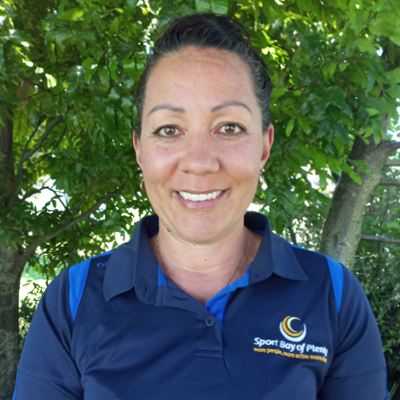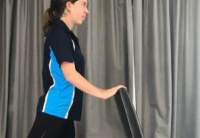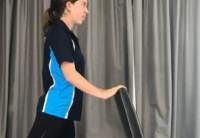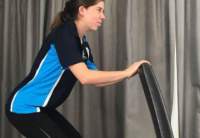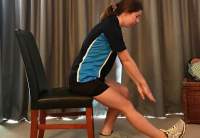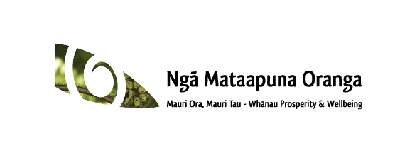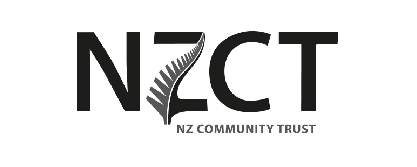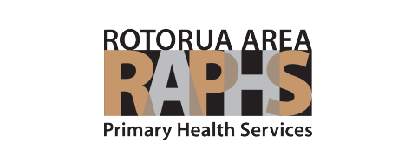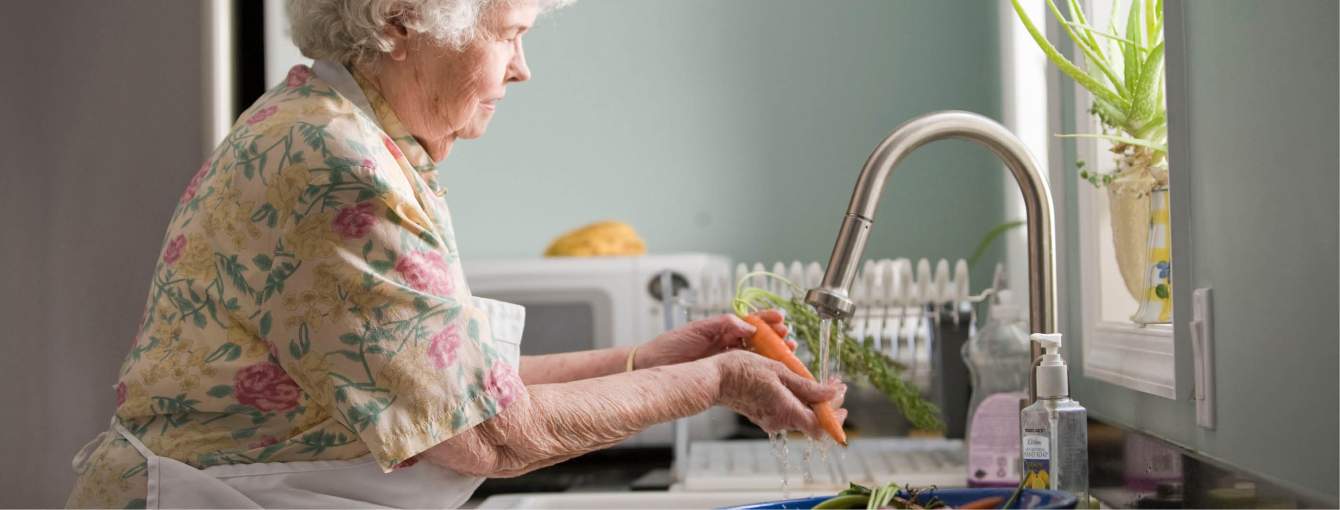
Activities at Home - Older Persons
- Activity Directory
- Healthy Lifestyle Programmes
- Outdoor Activities
- Activities at Home
- Activities for Seniors
- Walking
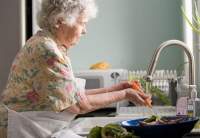
Home activities to help you maintain your strength and balance
Maintaining our strength and balance as we age is vital to our physical and mental wellbeing. Our Keep on Your Feet advisors have developed some handy at-home exercises for older people while community strength and balance classes are on hold.
Healthy for Life
9am Saturday's on TVNZ1 and TVNZ OnDemand, former Silver Fern Bernice Mene is hosting an active lifestyle programme for people over 65. The TV show focuses on safe home exercises, nutrition and mental health.
How do I know what programme to choose?
Please read the important safety information below before undertaking any exercises
Resource 1: Seated
Choose this resource if you use a mobility aid like a frame or walking stick and you lack confidence with walking.
Resource 2: Seated and Static Standing
Choose this resource if you are generally comfortable walking, but have noticed a decline in your balance, mobility or your confidence in the way you move.
Resource 3: Seated and Dynamic Standing
Choose this resource if you are confident in the way you move, and are looking for a way to maintain your strength and balance.
Stretching
Stretching is great for keeping your muscles and joints flexible and pain-free, especially in times of isolation when we typically spend more time sitting. The majority of these stretches can be performed seated.
Important safety information
- Exercise places a stress on the body, and it is normal for the Heart Rate and Breathing Rate to increase. If you have concerning health conditions or injuries that could be affected by exercise, seek clearance from your doctor first.
- Never do strenuous exercise when you are unwell (cold, flu, injury, or infection).
- Start the session slowly and gently, allowing your body to warm up. Go for a walk around your house before the exercise to ensure your body is warmed up.
- Listen to your body – muscle tightness or warmth is normal, but pain is not! There is NO gain with Pain!
- Don’t hold your breath during exercises – this will cause your blood pressure to rise and you may get dizzy or breathless.
- Home set-up: Ensure your space is free of tripping hazards, and is well ventilated and safe.
- Stay hydrated by drinking small sips of water regularly throughout the session.
- Take the exercise at your own pace and don’t push yourself too hard. Take it easy the first time and see how your body feels the next day before increasing the intensity.
If you feel any of the following STOP exercising immediately and if any of these persist you should see your doctor or nurse:
- Pain or discomfort in the chest, abdomen or arms
- Dizziness or fainting while exercising
- A nauseous sensation during or straight after exercise
- Extreme and unfamiliar shortness of breath
- Irregular pulse or skipping a beat
- Very rapid heart rate, even after 5 minutes of rest
How to get up from the floor - safely
Read more about Keep on Your Feet community strength and balance classes

